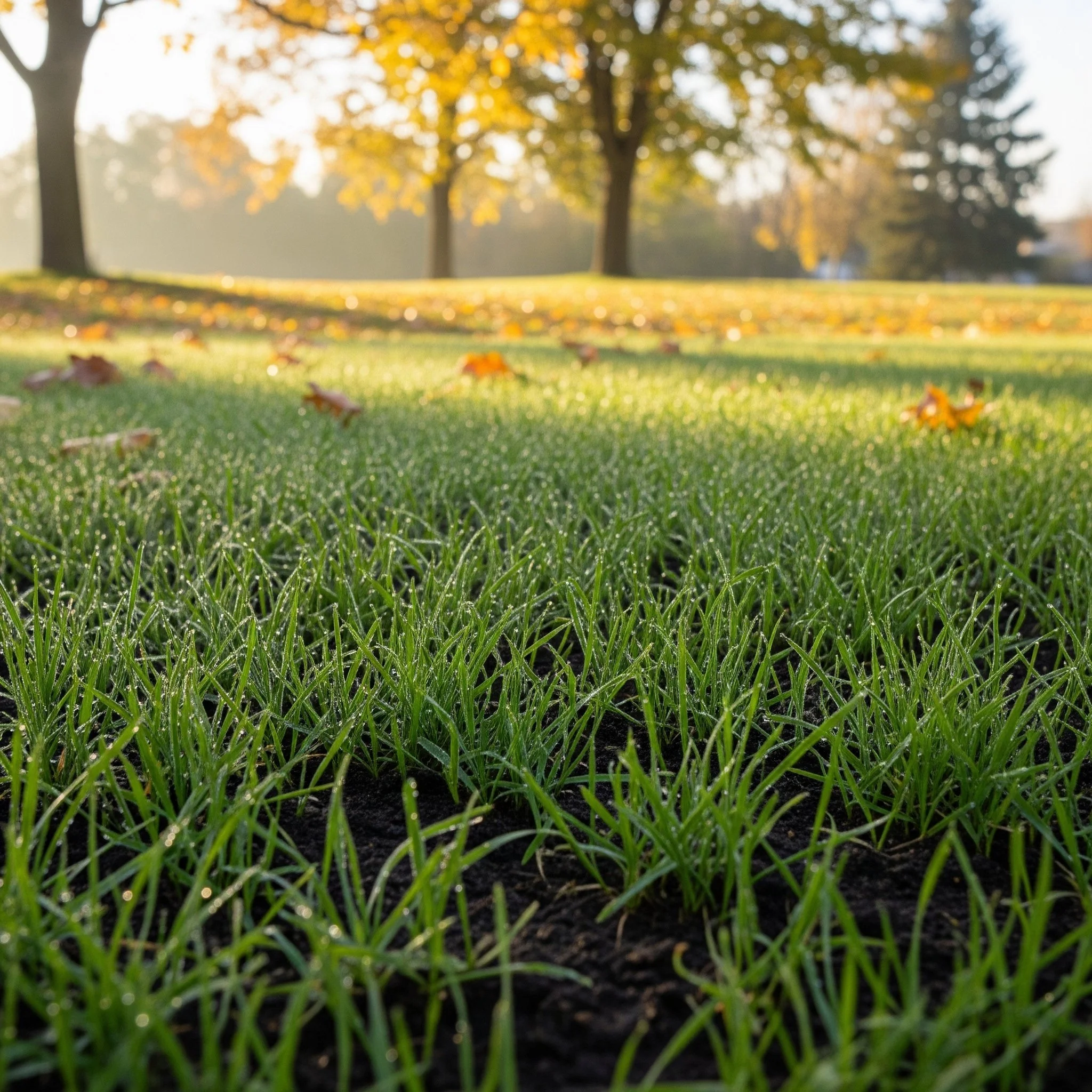Seeding
Lawn Seeding: Fill in Bare Spots and Thicken Your Turf
Seeding is the key to building a lush, green, and resilient lawn. Whether you're filling in bare patches, thickening thinning areas, or starting fresh, seeding introduces new, healthy grass varieties that improve your lawn's density and appearance. Proper seeding helps crowd out weeds, increases drought resistance, and promotes a more uniform, vibrant turf. Pairing seeding with aeration ensures better seed-to-soil contact, giving new grass the best chance to establish strong roots and thrive.
When Should You Seed Your Lawn?
The best times to seed your lawn are early fall and spring, when soil temperatures support fast germination and young grass can establish before extreme weather. Fall is often preferred, as it avoids summer heat and allows new grass to root before winter. If your lawn has bare patches, thinning grass, or a dull appearance despite regular care, overseeding can restore its health and beauty. Our team assesses your lawn’s condition and recommends the right seeding plan to boost coverage, color, and long-term vitality.



